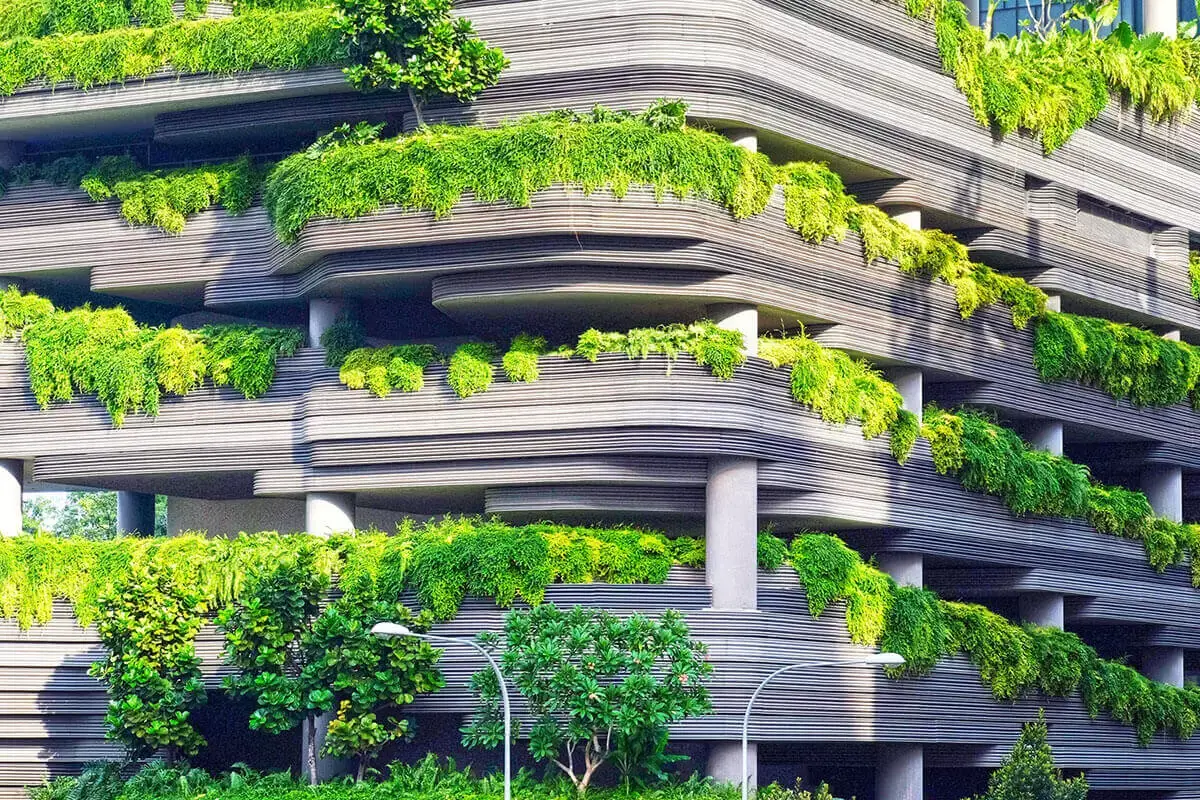
Importance of healthy buildings in a COVID-19 world
As COVID-19 changes the way we work, buildings have to become healthier to prevent the spread of infection and improve productivity.
The gradual easing of lockdown restrictions is leading to the re-opening of businesses around the world. However, the experience of being inside an office building is not likely to return to what was considered normal before the outbreak. Issues such as lack of building hygiene, poor ventilation, and bad indoor air quality were not discussed among many professional organisations, but they did exist even before the pandemic struck. The need now is to make buildings healthier, as they can prevent us from becoming sick and also enhance our cognitive performance.
With COVID-19 upending our daily lives, a number of global public authorities such as CII-IGBC, World Green Building Council, UN Environment are taking steps to contain its spread. Among these steps, the most important ones include urgently advocating for organisations to invest in healthier buildings. To achieve success, all sections of society including businesses and employers must play their part.
As employees gradually return to work, concerns about the spread of the COVID-19 disease will compel companies to invest in the basics of a healthy building, mostly involving ventilation, air quality, high humidity, temperature and security. The costs to implement these are not high, but their benefits are significant. Hence, there is a high probability that these will propagate quickly and will soon become ‘must-haves’.
A few measures that every business owner or employer should adopt to ensure a clean workplace for employee include:
-
Minimising social interaction
Having your employees work from home is a temporary solution to curtail the spread of COVID-19. However, there are several companies that require their employees’ presence on-site and cannot follow the practice of working from home. In this case, reducing interaction among employees becomes the first and most effective control to curb the spread of infection. Experts recommend employers create teams on the basis of their work and isolate them physically from each other. This way, if an employee falls sick and the rest of his/her team members need to self-quarantine, this particular group of workers can be instructed to rest in their homes without closing the entire company.
-
Implementing strategies for healthy buildings
Buildings play a very important role in determining your health. Therefore, it is essential to boost your building’s defences against diseases. This means implementing strategies to build a safe commercial building for your employees. You can make use of portable air purifiers and invest more in technologies like motion sensors, facial recognition, digital payment methods, and so on. For buildings, the focus needs to be on the following areas:
-
Air quality
-
Ventilation
-
Humidity
-
Thermal health
-
Water quality
-
Lighting
Not everyone knows that factors like humidity, temperature, and even dust can impact employee health and performance. Various researchers have found that every time the rate of outdoor air being delivered into the office is doubled, employee’s performance increases by 1.7%. While it is true that air quality alone does not drive health and performance, things like indoor nature, ventilation, office design, etc can have a huge impact on the health of an employee.
-
-
Redesigning Air Conditioning and Mechanical Ventilation Systems (ACMV)
A number of building professionals believe that ACMV systems of a building can transmit infection to a certain extent. Hence, in order to curtail the spread of pathogens in commercial buildings or workplaces, one of the most effective methods is the redesigning of ACMV systems.
In addition to these well-planned measures, the spread of COVID-19 can also be contained by following some simple safety precautions in workplaces:
-
Disinfecting your building before reopening
-
Maintaining social distancing
-
Increasing usage of hand sanitisers
-
Extending your operating hours and instructing employees to come in shifts
-
Following the practice of allowing 50% of staff at a time
-
Replacing in-person meetings with virtual meetings
-
Ensuring proper coverage of your employees with the help of masks and gloves
-
Healthy buildings are becoming the new normal
While we are all doing our part to stay at home and prevent the spread of infection, we cannot expect that to be permanent. The issues associated with working from home such as low productivity, miscommunication, and unwanted noise are enough to compel us to go back to our workplaces. Thus, compliance bodies like the World Health Organization, are constantly signifying how important it is for offices and commercial buildings to offer a clean and safe environment for the employees to return to. This will subsequently lead to a rise in demand for healthy buildings offering amenities like facial recognition, smart lighting solutions, improved air quality, precise temperature control, and more. Sooner rather than later, healthy buildings will become a necessity instead of an option. After all, implementing strategies on par with the current healthy building standards is the key to both stopping the spread of infection and setting up the workforce for success.
Article courtesy of 75F